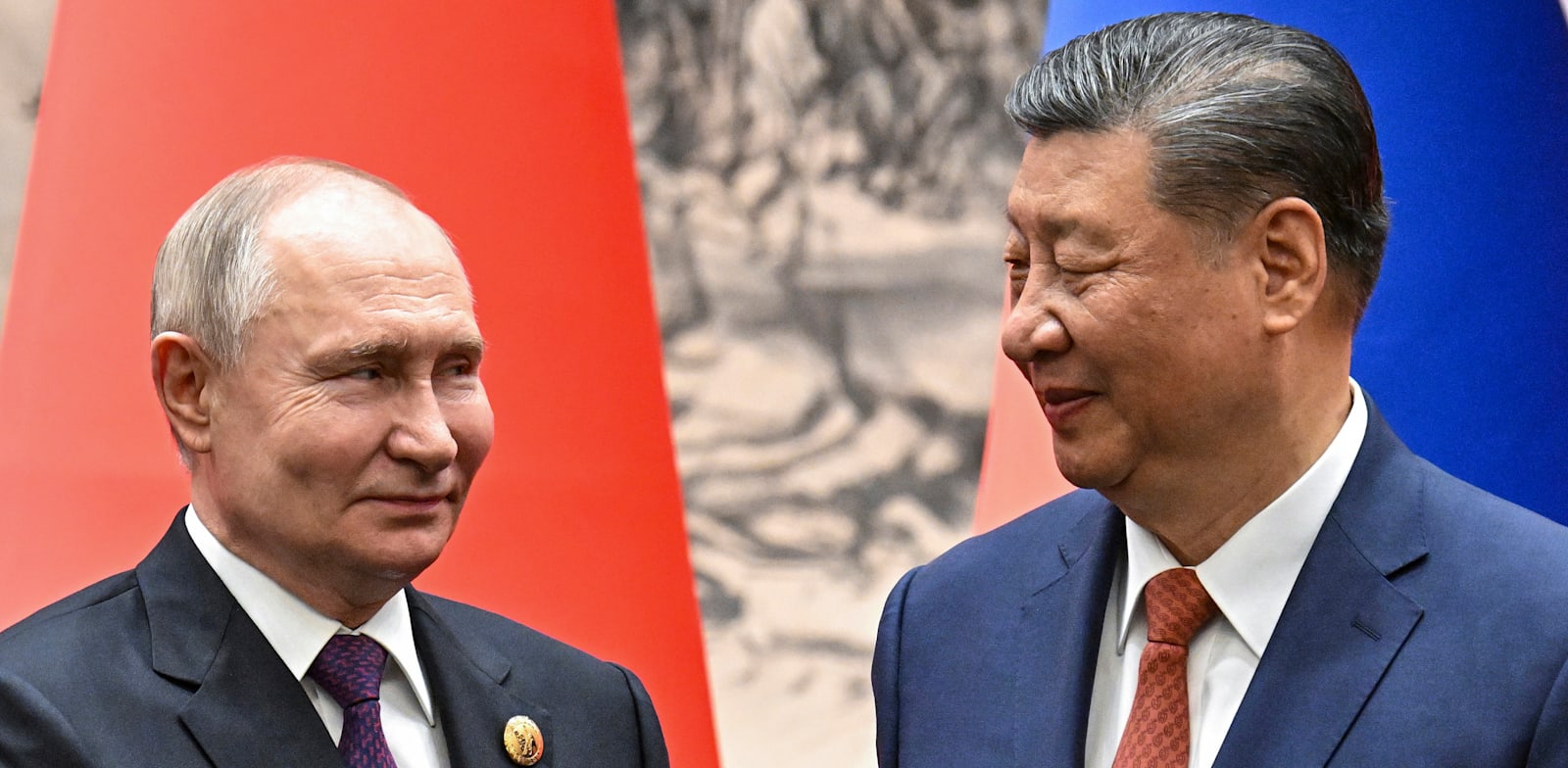As part of his recent visits to Asia, Russian President Vladimir Putin visited the arid capital of Uzbekistan, where local officials decorated boulevards with posters of the Russian leader – a customary gesture in the former Soviet republic that still feels Moscow’s large shadow. However, beneath the posters lies a change with grim consequences for Moscow’s international influence: more and more cars from Chinese brands such as BYD and Geely are driving on the streets of Uzbekistan, while the number of Russian Ladas is dwindling.
Relations between China and Russia have reached historic highs, and authoritarian powers are cooperating to counter what they see as a Western campaign designed to tie both countries’ hands. Xi Jinping has declared that his friendship with Putin has “no boundaries,” but tensions hang over their meeting this week at the summit of the Shanghai Cooperation Organization, a regional political-security bloc. Central Asia, which Moscow considers its backyard, is becoming increasingly important in Beijing’s global ambitions.
China has used its invasion of Ukraine to erode traditional Russian spheres of influence in Central Asia and other regions. In Central Asia, as well as in the Arctic, Moscow’s reliance on Beijing to sustain its war machine forces it to acquiesce to these transgressions. Beijing is attracting local economies throughout the region with its strategic location. Chinese investments keep young workers away from Russia. A Chinese-funded railway promises to connect Central Asia with Europe bypassing Russian territory. Chinese renewable energy projects are helping reduce dependence on Russian gas in the region.
Sangerbek Kolmatov, a 29-year-old worker at a Chinese factory in central Uzbekistan, said that Chinese money has dramatically changed his job prospects and those of his compatriots. According to the United Nations Organization for Migration, about 1.3 million Uzbeks worked in Russia in 2023 – down from 1.45 million last year – due partly to competition from Chinese-financed alternatives like Kolmatov’s job opportunity at a factory located deep within Uzbekistan’s arid countryside.
To Tsarist Russia, Central Asia was what America was to pioneers: an untamed territory ripe for expansion and resource exploitation under Soviet rule continued this tradition.
Despite China’s efforts to establish itself as an alternative power center in Central Asia following Russia’s invasion of Ukraine, there remains no doubt that relations between Russia and China will continue to be strained due to their differing ideologies and geopolitical goals.
The power changes in Central Asia have been brewing for years but have accelerated since Russia invaded Ukraine in 2014.
In conclusion, while China cannot completely replace Russia as a major player in Central Asia due to deeply entrenched social networks and language barriers, it is clear that Beijing has already found ways into new generations of elites through education opportunities abroad.
As tensions continue between Moscow and Beijing over territorial disputes and resource control issues across Eurasia, it remains unclear how long these two superpowers can maintain their delicate balance without ultimately leading


